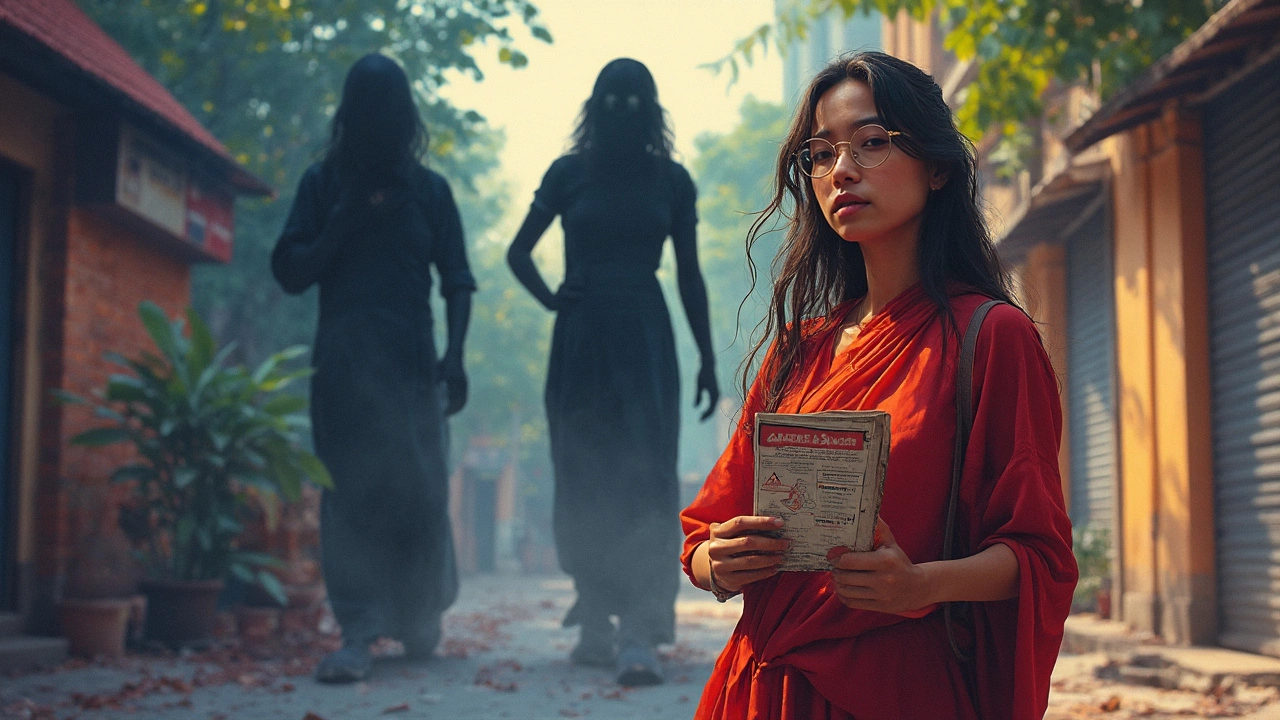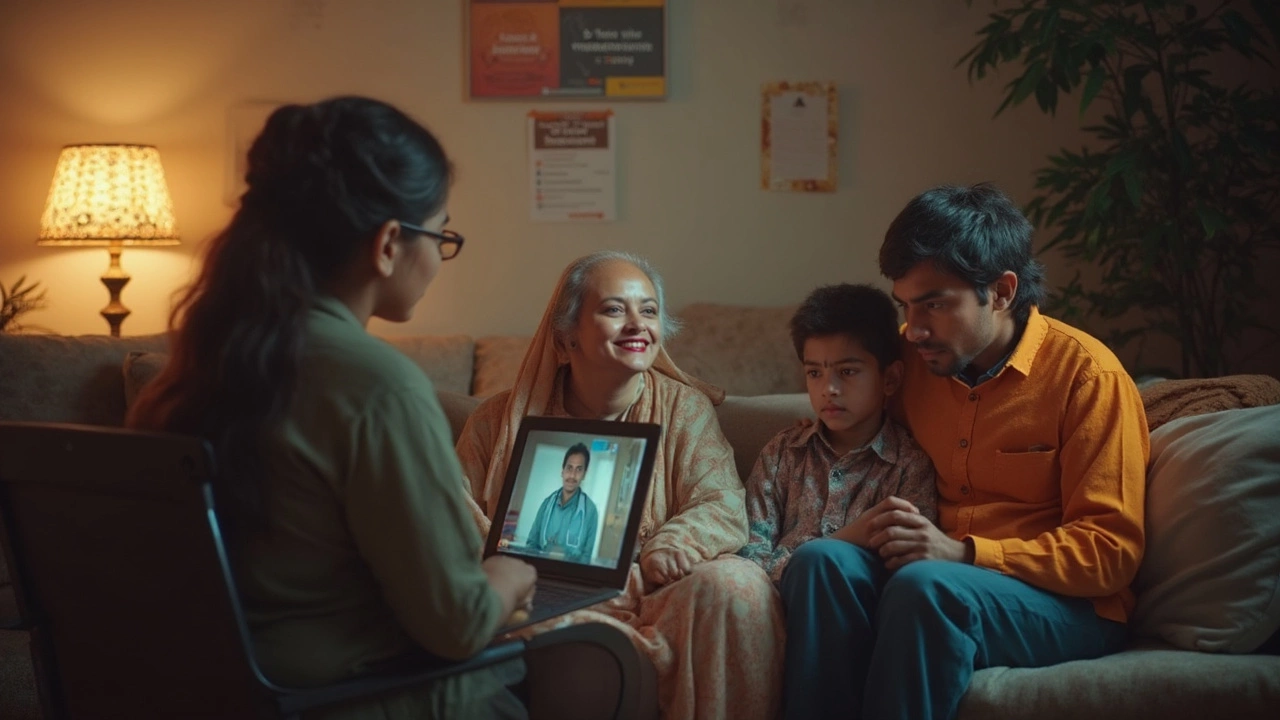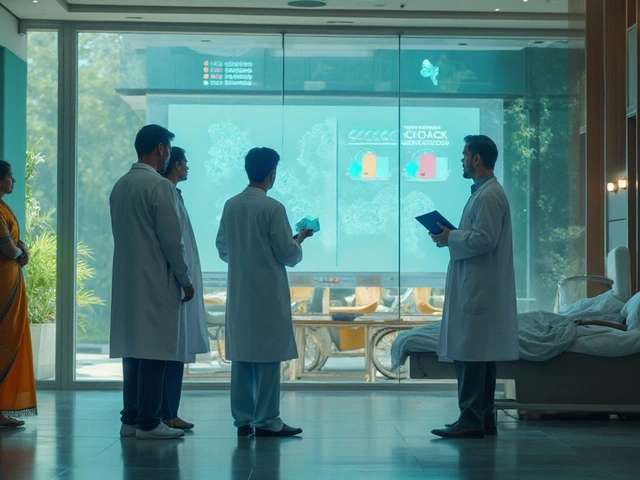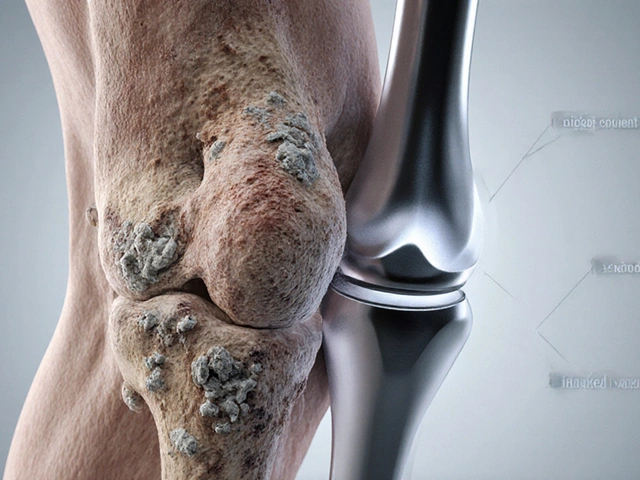Not all cancers are created equal. Some sneak up with barely any warning and hit harder than you might expect. If you’re wondering which cancers have the worst reputation in terms of survival and treatment, you’re definitely not alone—people ask about this all the time, hoping to understand what puts these specific cancers at the top of the “worst” list.
Why should you care? Because knowing what to watch for can save lives. The top three on everyone’s radar, year after year, are pancreatic, lung, and brain cancers. They’re notoriously tricky for doctors, and most folks don’t recognize the early signs. Pancreatic cancer, for example, is usually found late since it hides low-key symptoms that people tend to brush off. Lung cancer isn’t just a smoker's problem—plenty of people with healthy lungs still get hit. And with brain cancer, the symptoms can mess with just about everything you do, making life unpredictable.
So, if you want real talk on why these cancers stand out, what warning signs matter, and a few tips that could actually help if you notice something off—keep reading. There’s a lot more you need to know, and it isn’t hopeless. Early action, even when things seem overwhelming, is always better than waiting things out.
- Why Are Some Cancers Worse Than Others?
- Pancreatic Cancer: The Quiet Threat
- Lung Cancer: More Than Just a Smoker’s Risk
- Brain Cancer: When Tumors Change Everything
Why Are Some Cancers Worse Than Others?
Cancers aren’t all the same. Some hit harder, spread faster, and don’t leave much time to act. The big question is: what actually makes a cancer especially bad?
One huge factor is where the cancer starts in the body. Some organs, like the pancreas or brain, don’t show symptoms until things are really serious. That means people usually find out late, and treatment options get limited fast. On top of that, some cancers grow fast or slip past the body’s defenses without a fuss.
Worst cancers also tend to resist standard treatments like chemo or radiation. Oncologists struggle to keep them in check, even with big new leaps in science. A lot of this comes down to mutations in cancer cells that help them dodge medicine that usually works for other cancers.
Check out some survival stats that put things into perspective:
| Cancer Type | 5-Year Survival Rate (%) |
|---|---|
| Pancreatic | 12 |
| Lung | 23 |
| Brain (Glioblastoma) | 6 |
| Breast | 91 |
| Prostate | 97 |
Those numbers show why certain cancers, especially pancreatic and brain, send doctors scrambling.
Here’s something to think about: cancers that spread (metastasize) fast can sneak into other body parts before you even know they’re there. When that happens, fighting back gets a lot more complicated.
"Early detection is hands-down the best shot people have at beating any cancer. Sadly, with some, they’re already far along by the time symptoms bring someone to the doctor." – Dr. Samantha Reynolds, oncologist at Mayo Clinic
If you want to lower your own risk, focus on things you can control:
- Know your family history – some genes really do boost risk
- Don’t ignore weird symptoms, even if they seem minor
- Stay up to date on health checks, especially if something runs in your family
- Keep up healthy habits like not smoking and moving more, since they help lower risk overall
The punchline is: the worst cancers are tough because you spot them late and they play by their own scary rules. But the better you know the rules, the more likely you can catch things early and get ahead of the game.
Pancreatic Cancer: The Quiet Threat
Pancreatic cancer has a reputation for being one of the deadliest cancers around. The biggest problem? People catch it late because early symptoms are super vague. Most folks shrug off things like stomach aches, unexplained weight loss, or feeling tired, chalking them up to stress or diet. But these “little” issues can be the only heads-up your body gives you.
This cancer doesn’t give doctors much to work with, either. The pancreas is tucked away behind your stomach, so tumors can grow pretty big before they cause real trouble. By the time doctors spot it, it’s often spread to other parts of the body. This is why survival rates are so low compared to other cancers.
| Year | 5-Year Survival Rate |
|---|---|
| 2010 | 6% |
| 2024 | 12% |
Those numbers aren’t very encouraging. Even with better treatments over the years, more than 4 out of 5 people with pancreatic cancer don’t survive the first five years after diagnosis. It’s not just about treatment options, but also about how little warning there is before things get serious.
If you want to lower your risk, here are a few practical tips:
- Watch for unexplained weight loss, new abdominal pain, or yellowing skin (jaundice).
- Don’t ignore constant indigestion or changes in your poop (like it becoming pale and greasy).
- If you have diabetes that suddenly gets worse, tell your doctor—it can sometimes link back to the pancreas.
- Limit alcohol and quit smoking—both boost your risk for this cancer.
Family history matters, too. Let your doctor know if pancreatic cancer runs in your family—there are new screening plans for high-risk folks. And don’t think this is an “old person’s problem.” Some cases hit people in their thirties and forties, especially if there’s a strong genetic connection.
Scientists are going all-in to change the odds. There are new blood tests in the works and better scans to catch pancreatic cancer earlier, before it spreads. For now, though, keep the worst cancers keyword in your head—pancreatic cancer earns its spot on that list, but knowing the early signs and acting fast gives you the best shot at beating the odds.

Lung Cancer: More Than Just a Smoker’s Risk
Lung cancer usually gets linked straight to smoking, but it hits plenty of non-smokers too. Surprised? Out of every five new lung cancer cases, one happens in someone who’s never smoked a cigarette. Air pollution, radon, and second-hand smoke all push up your risk. Sometimes it’s just bad luck with genetics, especially if it runs in your family.
The scary part: lung cancer doesn’t wave red flags at you early on. Most people only spot something’s wrong when they start coughing up blood, feel constant chest pain, or can’t shake off a nasty cough. By that time, the cancer might’ve already spread, making treatment a whole lot tougher.
Here’s some eye-opening data about lung cancer in the US:
| Fact | Number/Percent |
|---|---|
| New cases per year | ~238,000 |
| Annual deaths | ~127,000 |
| 5-year survival rate (all stages) | 18% |
| 5-year survival rate (early stage) | 63% |
Notice that big jump in survival when lung cancer is caught early. Here’s where it pays to be alert. If you’re over 50 and smoked for years—even if you quit ages ago—it’s smart to talk to your doc about a low-dose CT scan every year. Early detection means way better odds. And if you’ve never smoked, don’t ignore regular checkups; symptoms like unexplained weight loss, out-of-breath feeling, or a cough that won’t budge deserve a check.
So what can you do now to lower your risk?
- Quit smoking and avoid second-hand smoke whenever you can
- Test your home for radon gas (this stuff’s invisible and dangerous)
- Stay up-to-date with health checkups, especially if you’re over 50
- Eat more fruits and veggies—your lungs will thank you
- Wear a mask if your job exposes you to dust or chemicals
Lung cancer may be the deadliest cancer, but catching it early changes everything. Don’t wait for clear symptoms—be proactive about your lung health.
Brain Cancer: When Tumors Change Everything
Brain cancer can hit harder and faster than most people think. It turns your whole world upside down, messing with memory, speech, movement, and sometimes even your personality. The tough part? Some symptoms can pass as just odd days or stress—like forgetting names, feeling uncoordinated, or sudden headaches that don’t go away.
Here’s what makes brain tumors especially tough:
- Even small tumors are serious just because of where they grow.
- Treatment is complicated – your brain controls so much, so surgery and radiation come with real risks.
- Not all brain cancers are the same – glioblastoma is the worst of the bunch, and it’s aggressive.
Check out these real numbers about brain cancer survival and symptoms:
| Type of Brain Cancer | Typical 5-Year Survival Rate | Common Symptoms |
|---|---|---|
| Glioblastoma | 6.9% | Seizures, headaches, weakness, memory loss |
| Low-grade Astrocytoma | Almost 70% | Mood changes, confusion, vision problems |
| Meningioma (benign) | Over 80% | Headaches, vision loss, personality shifts |
Here’s something most people miss: having a survival rate under 10% for some brain cancer types isn’t rare. But not every brain tumor is deadly. Early diagnosis can help a ton—better outcome, fewer side effects from surgery or treatment, and some folks go back to their normal routines.
If you ever notice new, constant headaches, weird vision changes, or someone close to you starts acting completely out of character, don’t brush it off. Doctors see way too many late-stage cases simply because signs like these get ignored.
- MRI or CT scans are must-haves to pinpoint what’s going on.
- Treatment usually means surgery first, followed by radiation, and sometimes chemo.
- Recovery involves regular checkups and sometimes rehab for speech or movement.
It’s no joke—brain cancer changes everything. But information and quick action give people the best fighting chance.







